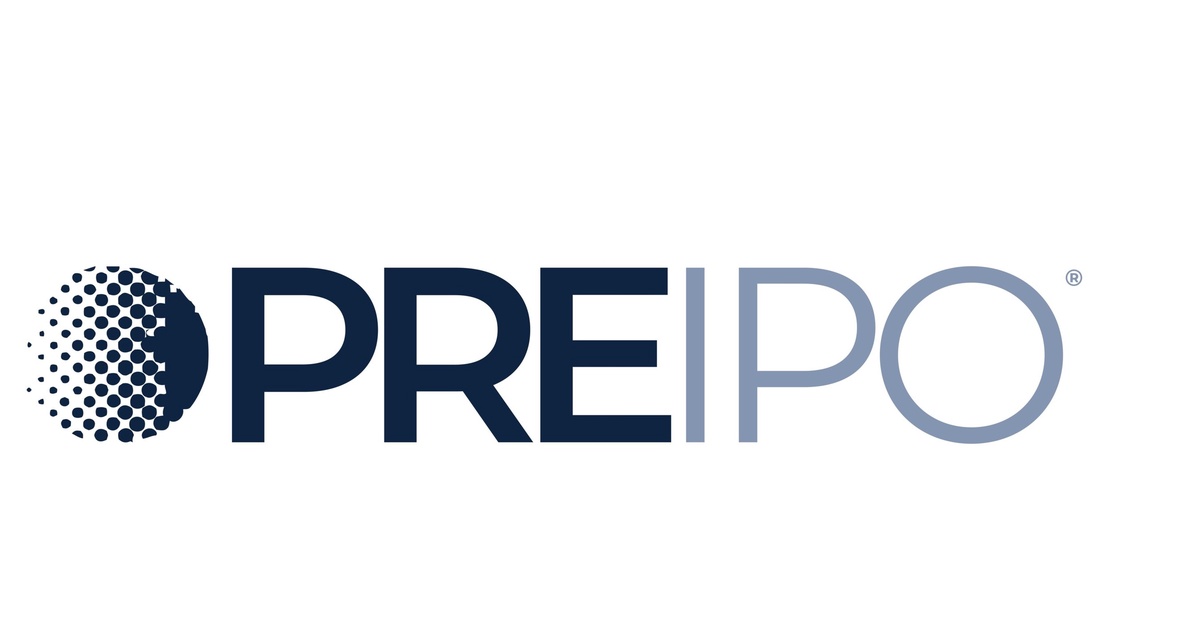The Initial Public Offering (IPO) is a significant milestone in the life cycle of a company. It marks the transition from being privately held to becoming a publicly traded entity, allowing it to raise capital by issuing shares to the public. However, before a company goes public, there is a crucial phase known as Pre IPO. This period involves extensive preparations and strategic considerations to ensure a successful and smooth transition to the public markets.
What is Pre-IPO?
Pre-IPO refers to the period leading up to an Initial Public Offering. It is a critical phase during which a privately held company undertakes various measures to position itself for a successful IPO. This involves meticulous planning, financial restructuring, compliance with regulatory requirements, and communication strategies.
Key Components of Pre-IPO:
-
Financial Preparation:
- Financial Audits: Companies planning to go public undergo rigorous financial audits to ensure transparency and compliance with accounting standards. This process involves thorough scrutiny of financial statements, revenue recognition, and overall financial health.
- Financial Statements: Preparing accurate and transparent financial statements is crucial. Companies need to present historical financial performance, potential risks, and future projections to instill confidence in potential investors.
-
Legal and Regulatory Compliance:
- SEC Registration: In many countries, including the United States, companies must register with the Securities and Exchange Commission (SEC) before going public. This involves submitting detailed financial and business information.
- Compliance Review: Companies must adhere to various regulations and compliance standards. Legal and regulatory experts play a vital role in ensuring that the company's operations align with the legal requirements of the public markets.
-
Corporate Governance:
- Board Composition: A well-structured and diverse board is crucial for public companies. Pre-IPO, companies often reassess and optimize their board composition to meet the expectations of public investors.
- Internal Controls: Robust internal control systems are essential to mitigate risks and ensure accurate financial reporting. Companies often strengthen their internal controls during the Pre-IPO phase.
-
Operational Optimization:
- Scalability: Companies need to demonstrate the scalability of their business model to attract investors. This involves optimizing operations, improving efficiency, and showcasing a clear path to future growth.
- Risk Mitigation: Identifying and mitigating potential risks is vital. Companies must develop strategies to address operational challenges and market uncertainties.
-
Investor Relations and Communication:
- Messaging: Crafting a compelling narrative is essential. Companies need to effectively communicate their value proposition, growth potential, and risk mitigation strategies to potential investors.
- Roadshows: Pre-IPO roadshows provide an opportunity for company executives to present their business to institutional investors. These events play a crucial role in generating interest and building relationships with potential shareholders.
-
Employee Equity and Incentives:
- Equity Plans: Pre-IPO companies often reassess their employee equity plans to align them with market standards. This ensures that the company can attract and retain top talent post-IPO.
- Communication with Employees: Transparent communication with employees about the IPO process is essential to maintain morale and ensure a smooth transition.
Benefits of a Well-Executed Pre-IPO Strategy:
-
Enhanced Valuation: A well-prepared company is likely to command a higher valuation in the public markets, attracting more significant investment.
-
Smooth Transition: Thorough preparation minimizes the likelihood of unforeseen challenges during and after the IPO, ensuring a smoother transition to public ownership.
-
Investor Confidence: Transparency and effective communication during the Pre-IPO phase build confidence among investors, leading to strong demand for the company's shares.
-
Access to Capital: Going public provides access to a broader pool of capital, enabling the company to fund growth initiatives, acquisitions, and other strategic objectives.
Challenges and Risks:
-
Market Conditions: Unfavorable market conditions can impact the success of an IPO. Companies need to carefully time their public debut to align with positive market sentiment.
-
Regulatory Scrutiny: Stringent regulatory requirements can pose challenges. Companies must be prepared to navigate complex legal and compliance issues.
-
Post-IPO Performance: The success of an IPO is not solely determined by the offering itself. Post-IPO performance, market reception, and ongoing operational success are critical for sustained growth and investor confidence.
Conclusion:
The Pre-IPO phase is a pivotal period for companies seeking to go public. Thorough preparation, compliance with regulatory requirements, effective communication, and strategic planning are essential elements of a successful IPO journey. Companies that navigate the Pre-IPO phase successfully position themselves for a smooth transition to the public markets, unlocking new opportunities for growth and expansion. As the company evolves from a private entity to a publicly traded one, the Pre-IPO phase lays the foundation for long-term success in the dynamic landscape of the stock market.


No comments yet